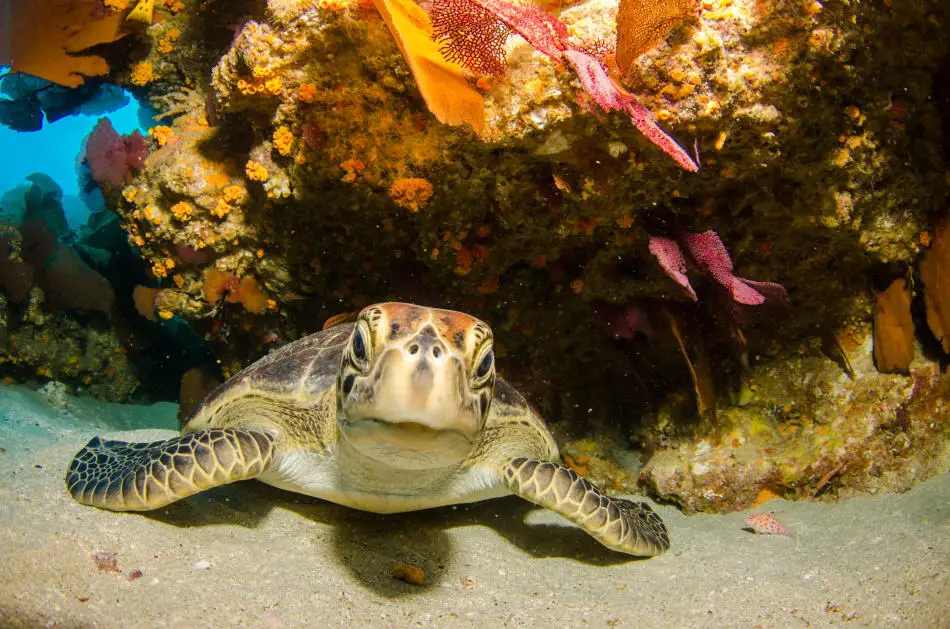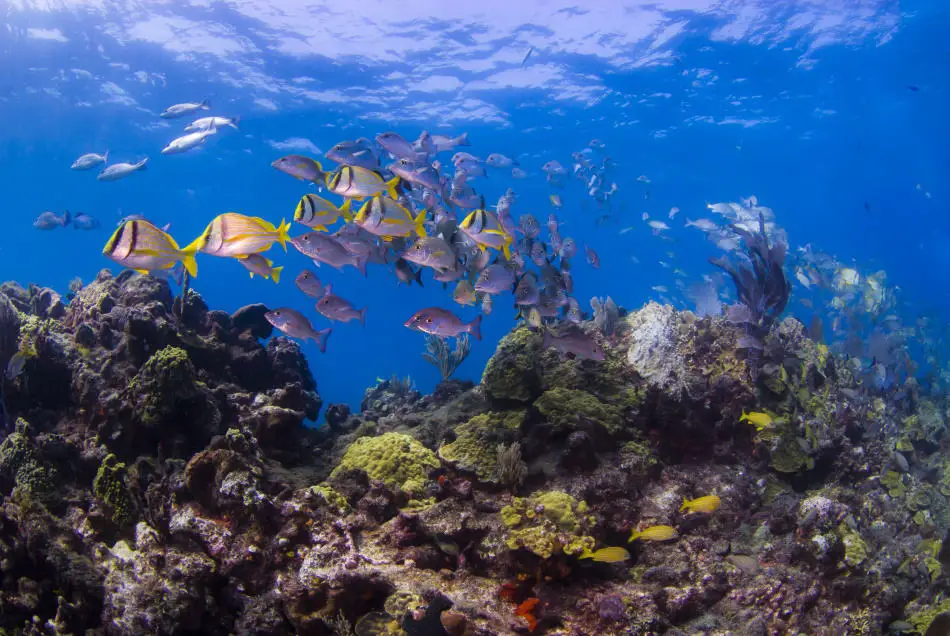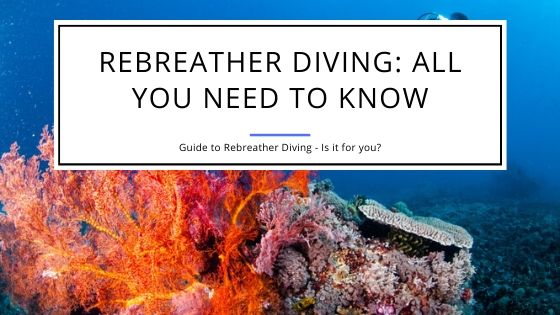Rebreather Diving: All You Need to Know
When you’re going scuba diving recreationally, you don’t really think about all the different equipment that exists out there, and what this different equipment can do for you. Instead, you just think about the fact that you will get to the dive center, they will give you a couple of gas tanks and some equipment, and you can jump right in.
However, if you are a more experienced diver, you have probably looked into all the different types of equipment and what each of them can do for you. While you wouldn’t be wrong to assume that traditional scuba equipment is just a couple of tanks of compressed gas (How Long Does a Dive Tank Last?) and a regulator to facilitate your underwater breathing, have you ever thought of a rebreather?
A rebreather, like traditional gear, is also a tank of gas that is worn on the divers back. Unlike traditional gear though, the rebreather recycles the air that is breathed out, removing carbon dioxide and making the air breathable again. Traditional scuba gear releases breathed out air back into the water through an exhaust valve in the form of bubbles, which can be distracting and noisy, scaring off marine life in the vicinity.
Read on to find out more about rebreather diving and why you might want to look into it for your next dive:
What is a Rebreather?
A rebreather is essentially a tank of breathable air that is worn on the back of a diver. It absorbs the carbon dioxide from the exhaled air of the diver and recycles it so the unused oxygen can be breathed again by the diver.
The rebreather injects back 100% oxygen into the air if it is running low, making the air breathable again. The purpose of a rebreather is to allow longer dives by using the limited supply of air for as long as possible.
Rebreathers exist in two forms: Semi-closed or fully closed. Semi-closed rebreathers release some of the exhaled air into the water, while fully closed rebreathers recycle all of the air that is exhaled.
How Does a Rebreather Work?
What a rebreather is aiming to do is providing the diver with the perfect blend of gas for breathing at whatever depth they are at. How it does this is by maintaining the amount of oxygen in the tank through an attached computer.
The diver requires different levels of oxygen at different depths. This is monitored and appropriate levels of oxygen are mixed into the exhaled air in the tank to provide the perfect blend.
The carbon dioxide in the exhaled air is absorbed by a part of the rebreather called the “scrubber” which is a canister of sodium hydroxide gas. The air then goes back into the tank which is mixed with oxygen and given back to the diver, creating a loop.

Scuba Diving Gloves – Essential Facts You Need to Know About Dive Gloves
Do You Need Special Training and Certification for Rebreather Diving?
The short answer is yes. You need to complete a special certification course in order to be able to go rebreather diving. Since the experience is not exactly like traditional open-circuit diving, training while using the rebreather is important.
There is a major difference in the way a diver breathes, the sounds they hear and even in the buoyancy underwater while using a rebreather versus open-circuit equipment. These are things a diver needs to be comfortable with before being allowed to enter deep water.
Rebreather dives are usually longer and deeper. That is why certifications often require advanced open water certifications and a certain number of logged dives before you can actually be a rebreather certified diver.
How Long Can You Dive on a Rebreather?
The main purpose of a rebreather is to allow longer dives with a smaller tank on your back. Since your time is not limited by the amount of compressed air you can carry with you because of the use of recycled air, the dives can be a lot longer. Rebreather dives can last up to 3 hours with no decompression – What is a Decompression Dive?
Can You Dive Deeper with A Rebreather?
With traditional dives, you are held back by the depth you can go because of the amount of pressure on the compressed oxygen in your tank. Because of the combination of gas and the nature of the rebreather tanks, your depth is not limited by pressure. You can take longer, deeper dives with no limitations!
Is Rebreather Diving Dangerous?
Going into the unknown is always dangerous at some level. Though technological advances have made rebreather diving a lot safer than it was previously, it is important to remember there are still a few dangers with the sport.
If there are any faults with the device underwater, they can be extremely difficult and technical to spot unlike with open-circuit dives. Another thing to remember: you are not carrying a backup as you would with traditional dives, so there is a higher risk. However, the chances of risks and faults are extremely low.

Is a Rebreather safe to use for a Recreational Diver?
Though rebreather diving was traditionally used for military and marine research purposes, the stigma around safety and accessibility has changed over recent years. Rebreather diving for recreational purposes has gained popularity thanks to advances in technology.
Rebreather equipment is no longer inaccessible and is much safer, making it a great option for recreational scuba divers that are looking to increase their underwater time, and want deeper dives.
Final Thoughts
There are many advantages to going rebreather diving versus open circuit diving. Yes, you get to go on longer deeper dives, but that’s not all. The air that you are breathing is warm, which helps you stay warmer for a longer period of time underwater, so your dive time isn’t disrupted. Even with all of this though, the biggest advantage of rebreather diving is the fact that it makes no noise. This means that interaction with marine life will be unparalleled, especially compared to open circuit dives, which can be noisy and disruptive.
All in all, with the advances in technology, rebreather diving has become a lot safer, but that does not mean that it should be taken lightly. Take all safety precautions and get all the certifications you need before attempting the dive.

